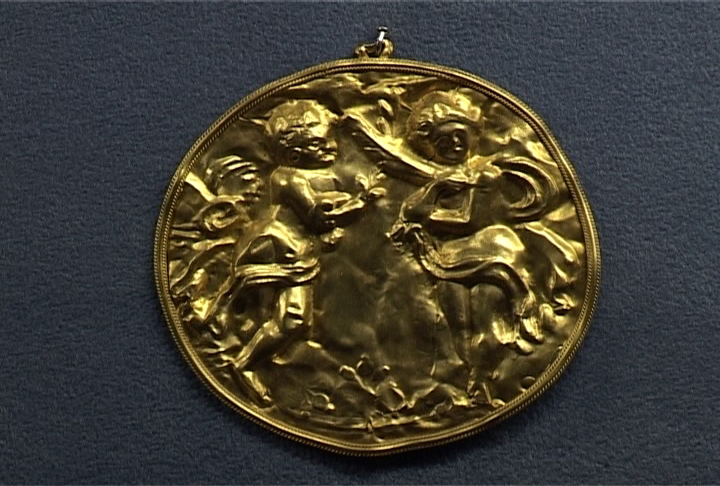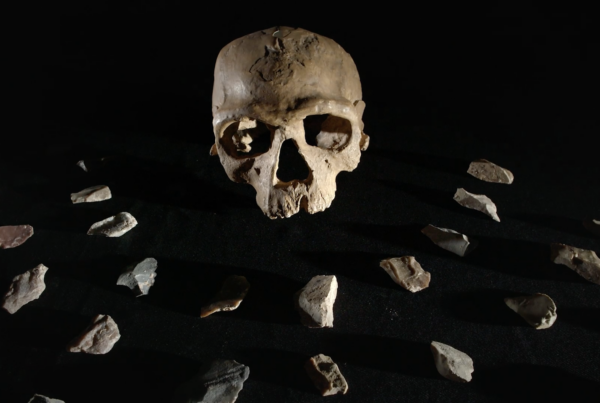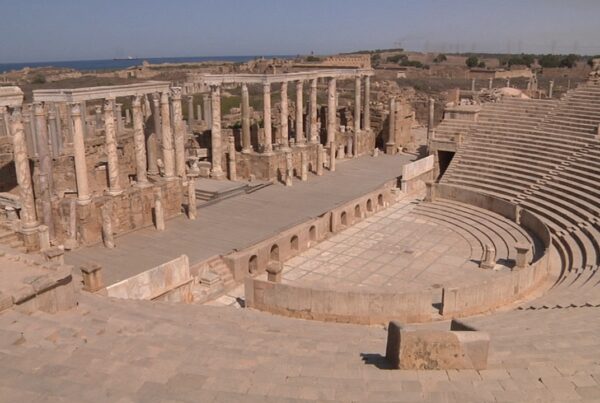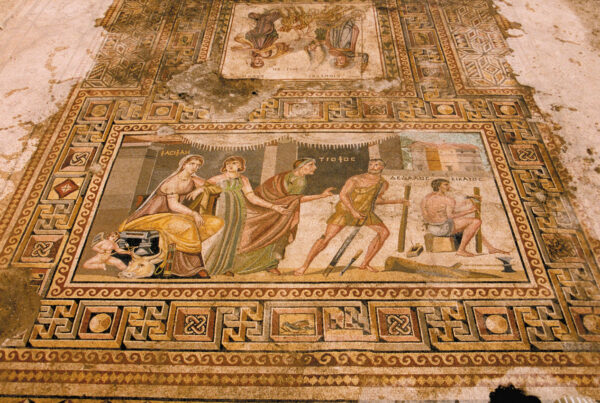Today Alburnus Major is called Rosia Montana. Rosia Montana is part of the so-called “Quadrilateral of Gold”, a metalliferous zone in Romania. The complex of Dacian, Roman, medieval and Habsburg galleries is unique in the world for its size and state of preservation. With long sections still unexplored, the galleries may conceal priceless archeological treasures like the ones brought to light a few decades ago: 25 wax tablets from the Roman era. Unique historical and epigraphic records. A Canadian mining company was given permission to develop a plan for the intensive exploitation of the Rosia Montana area. Time is short: if the Romanian government gives the go ahead, the final phase of the project could get under way in 2006. Large opencast mines like enormous volcanic craters will sweep away mountains, woods and villages. 16.000 tonnes of cyanide a year will be utilized. Within a circle with an area of 100 km2 the flora, the fauna and every form of life in the surface and subterranean waters will be destroyed. In the meantime archaeological excavations are being carried out at a frantic pace: a few centimeters below ground is hidden the whole fabric of Dacian and Roman urbanization. A fabric that is currently being investigated by archaeologists seeking to understand just what we risk losing forever.
- Direction: ADOLFO CONTI
- Production: ADOLFO CONTI, LIVIO ZERBINI







